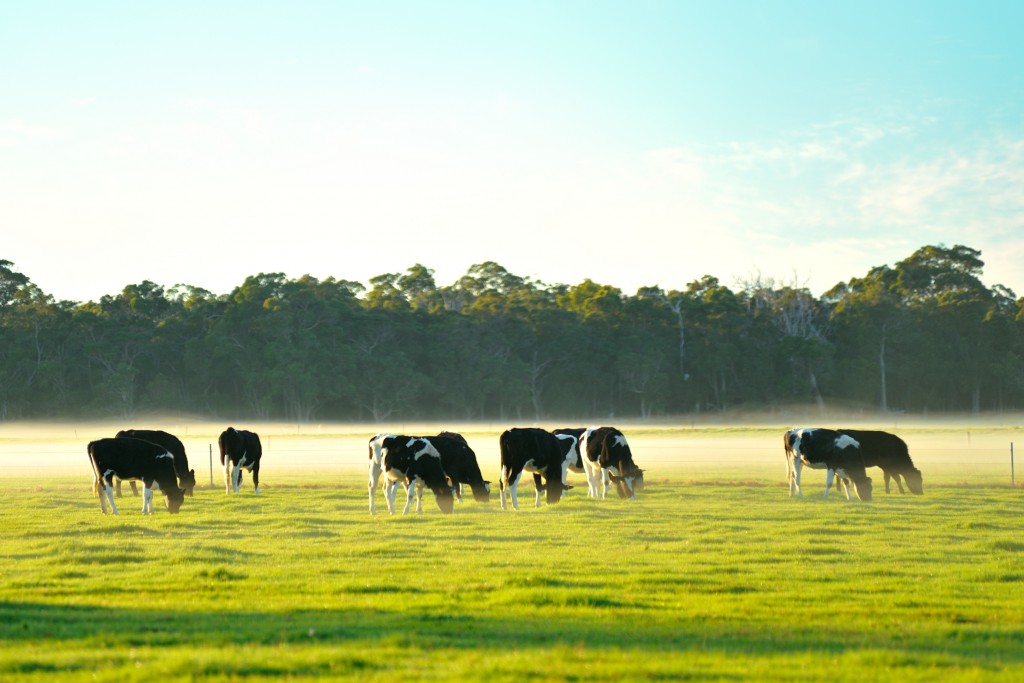Dairy farming has sharply declined in Australia — from 22,000 farms in the 1980s, only 5,700 remain. Although the number of farms has decreased, modern dairy farming methods have made the remaining farms more efficient, more profitable, and more environment-friendly.
Comfortable Cows
Content cows produce more milk. Cows need 3 to 5 liters of water to produce a liter of milk. Cows produce around 30 liters of milk a day — 60 during peak lactation periods. Cows need adequate water and feed and space to move around. Modern cattle yard designs have made it easier for cows to access food and water. Barn waterers provide thirsty cows with clean water. Provide two drinking locations to ensure dominant cows don’t dissuade the less aggressive ones from drinking. Cows are ill-suited for Australia’s hot climate. Temperatures of over 25°C can be quite uncomfortable for cows, and most farms have barn-like structures with built-in cooling options. Cows spend most of the day lying about. Make sure stalls allow them to stand or lie down easily or provide bedded packs that they can use. Use rubber flooring on holding pens and feed alleys for extra hoof cushioning.

Voluntary Milking
Cows can easily be trained to use automated milking systems (AMS). They seem to prefer it. AMS allows cows to choose when to be milked. Cows will often enter these special stalls, lured by treats or special food. Tags indicate how many times a cow has entered the stall, preventing them from going too often. Large-scale dairy operations use automated milking parlors. These rotary parlors are capable of milking over a hundred cows per hour. Automated systems eliminate the need for hard-to-find laborers, especially for such a messy task. They have been proven to increase the amount of milk that cows produce, partly due to reduced stress. AMS machines can monitor the amount and quality of milk a cow produces, how much a cow has eaten, even the amount of steps a cow has taken, which can sometimes indicate if a cow is in heat.
Reducing Run-offs
Nitrogen seeping into the waterways and groundwater is a serious problem in nearby New Zealand, rendering two-thirds of its rivers and three-fourths of its lakes unswimmable due to algal blooms. Australia has similar problems but nowhere near the scale of its neighboring country. Cattle management and crop management have reduced run-offs to a minimum, and sustainable farming and crop rotation methods have minimized the need for nitrogen-rich fertilizers. Perennial ryegrass is most often used as one of the primary sources of feed. Effluent from cattle are repurposed as compost and used for fertilizer, often supported by vermiculture or the growing of earthworms. Cutting off cattle from waterways is crucial and is preventing soil erosion. Plants like Kikuyu, prairie grass, and red clovers aid in moisture retention, keeping nutrients locked in the soil and away from groundwater.
Dairy farms can be profitable, efficient, sustainable, and green. Modern farming technology and practices are changing the face of dairy farming, creating productive farms without sacrificing the environment.
